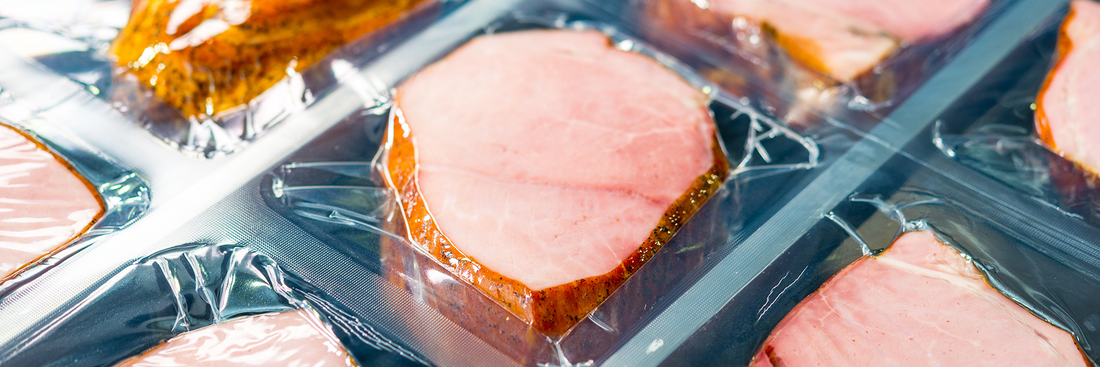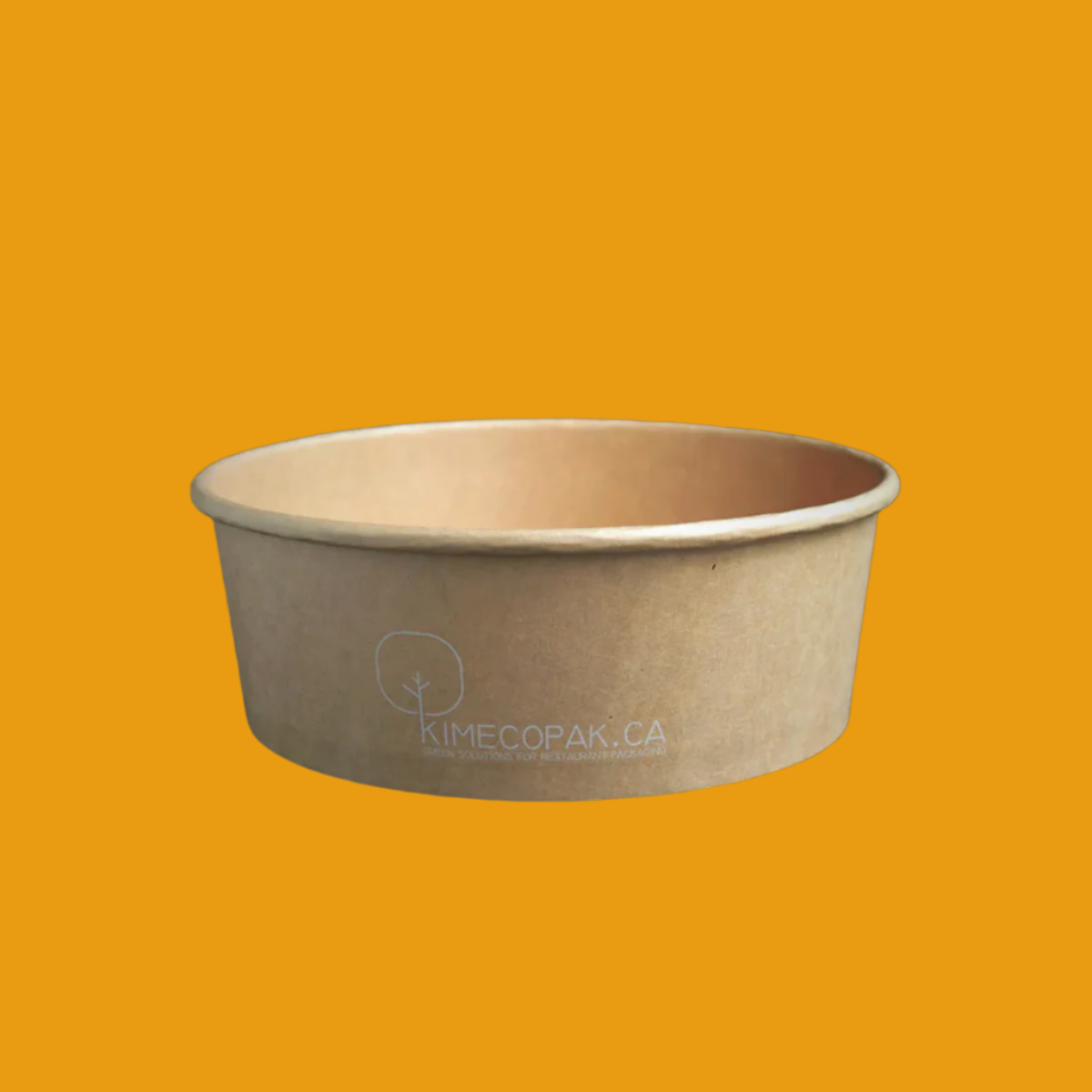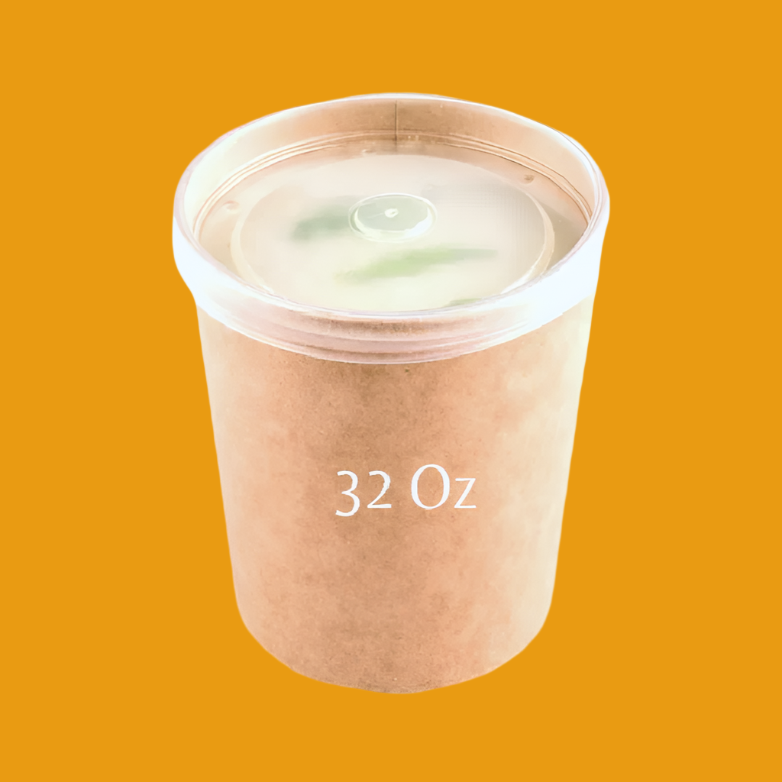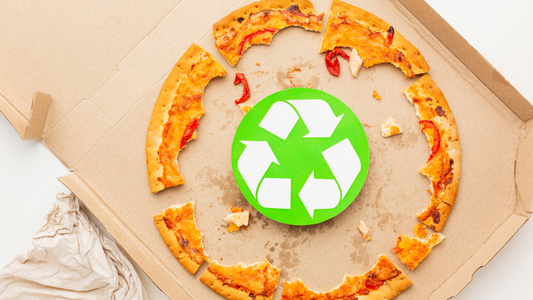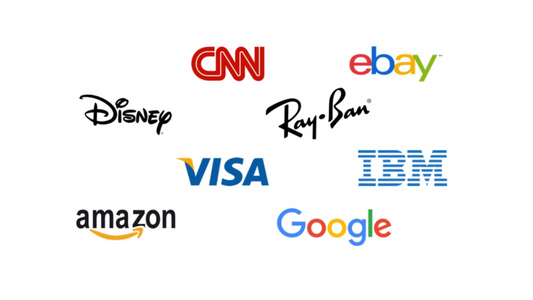Edible films are thin layers of biodegradable material made from natural ingredients that can be used to wrap or coat food products. These films serve as an eco-friendly alternative to plastic packaging, helping to reduce waste while preserving food quality.
As we face a growing environmental crisis marked by plastic pollution, edible films offer a promising solution, appealing not only to environmentally conscious consumers but also to food manufacturers looking for sustainable practices. By understanding the mechanics and benefits of edible films, we can begin to visualize a future where our food is both well-protected and environmentally friendly.
Edible packaging: New plastic-replacement innovation for businesses
Windows to Deliciousness: How Food Packaging with Windows Drives Sales
Benefits of Edible Films

Reducing Plastic Pollution
By replacing conventional plastic packaging, edible films help minimize plastic waste. It's no secret that our oceans and landscapes are littered with plastic that can take centuries to decompose. Edible films, made from natural and biodegradable ingredients, offer a practical way to pack food without contributing to this pollution. For instance, a study showed that switching from plastic to edible films can significantly lower the amount of plastic waste produced in the food industry. Thus, by making this simple change, we can contribute to a healthier environment and reduce the risk of microplastic contamination in our food and water supply.
Extending Shelf Life of Food
Another notable benefit of edible films is their ability to extend the shelf life of food. They create a barrier against moisture and oxygen, which helps prevent bacterial growth and delays food spoilage. For example, fruits coated with edible films have been shown to last longer than those left uncoated, ultimately reducing food waste. Consumers can enjoy fresher produce for more extended periods, thus enhancing their buying experience and reducing the economic impact of wasted food.
Safe and Non-Toxic
Edible films are made from natural ingredients like polysaccharides, proteins, and lipids, making them safe and non-toxic. Unlike traditional plastics—which can leach harmful chemicals into food—these films ensure the safety of consumers by providing secure packaging without harmful additives. For instance, many manufacturers are now using edible films made from seaweed extract, which not only provides an excellent barrier but is also safe to consume. This aspect gives consumers peace of mind, knowing that their food packaging is beneficial both for their health and the planet.
Key Components and Production Process of Edible Films

Polysaccharides
Polysaccharides are derived from sources like starch, cellulose, and chitosan, widely used in edible films due to their ability to form strong, flexible barriers. These materials work effectively as film matrices, providing the structure needed for durability without sacrificing flexibility. Chitosan, for instance, has antimicrobial properties, offering added protection against spoilage.
Proteins
Proteins such as gelatin, casein, wheat gluten, and soy protein are integral for providing excellent film-forming properties. They enhance the mechanical strength of edible films, ensuring they can withstand handling and transport. In multiple applications, such as wrapping sausages or cheese, these proteins significantly contribute to the films' overall effectiveness.
Lipids
Lipids, including waxes, fatty acids, and glycerides, improve the water resistance of edible films, making them suitable for moist or greasy food packaging. By incorporating these lipids, manufacturers can produce films that are not only effective barrier materials but are also tailored to specific food products, preserving freshness and quality.
Production Process
The production of edible films can be executed through techniques like casting, spraying, or dipping, depending on the desired application and material properties. For instance, casting involves pouring a liquid film-forming solution onto a surface and allowing it to dry, while spraying can allow for quick and even application to food surfaces. These processes enable flexibility in customization and scalability, making edible films an attractive option for food manufacturers.
Applications of Edible Films in the Food Industry

Packaging for Fresh Produce
Edible coatings are effectively used to wrap fruits, vegetables, and fresh meat. By maintaining freshness and reducing moisture loss, they ensure that consumers receive products at their peak quality. For example, coated apples retain their crunch and juiciness longer than their non-coated counterparts, enhancing the eating experience.
Packaging for Processed Foods
Processed foods such as cheese, sausages, and baked goods also benefit from edible films that act as protective layers. These films prevent dehydration and contamination, ensuring that the products remain safe for consumption and appealing in flavor and texture. A good example is the use of edible films in cheese packaging, where they help retain moisture and prevent spoilage.
Packaging for Beverages
Novel applications for edible films include their use in encapsulating liquid flavors, sauces, or drink concentrates. This innovative packaging not only minimizes waste but also provides a unique culinary experience where food products can be enjoyed without added packaging. Imagine sipping a drink made from an edible film capsule—it's a game-changer for reducing excess environmental impact.
Challenges and Opportunities for Edible Films
Despite their numerous advantages, edible films still face challenges. High production costs can be a barrier for widespread adoption, while limited mechanical strength and water sensitivity pose practical concerns. However, as consumer awareness about sustainability grows and research advances, there are substantial opportunities for scaling up production and enhancing the performance of edible films. Innovative technologies are continuously being developed to overcome these challenges, potentially leading us to a future where edible films can be more prevalent in the food industry.
Conclusion
Edible films represent a revolutionary step toward sustainable food packaging, offering a biodegradable, safe, and practical alternative to plastic. As innovation progresses, they have the potential to transform the food industry and contribute to a greener future.

